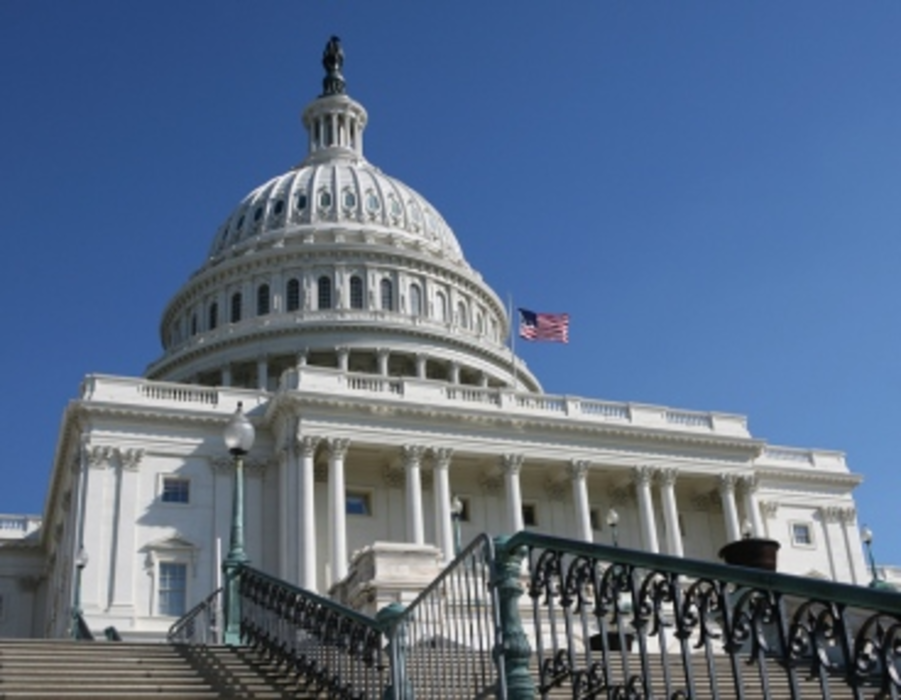Three weeks after hitting them with an injurious 6% rate hike, postal decision makers in Washington continue to enrage direct mailers. On January 17 it was Senators Tom Carper (D-DE) and Tom Coburn (R-OK) , whose re-draft of their Postal Reform Act would make the exigent increase permanent and add an annual 1% to the CPI cap.
Postal issues remain a moveable feast with reform bills still pending in both the House and the Senate. The Postal Regulatory Commission (PRC) had put a $2.8 billion limit on additional funds collected by USPS due to the exigent increase, and mailers were hopeful that new postal legislation might remove the exigent increase entirely. Instead, the new draft of the PRA scheduled for markup this month in Carper’s Homeland Security and Government Affairs Committee (HSGAC) would make the 4.3% exigent increase the baseline for future postal rate hikes. What’s more, it would remove the requirement that the PRC review rate increases, awarding full rate-setting power to the Postal Service.
The American Catalog Mailers Association (ACMA) sent an “Urgent Call to Action” email to its members today, urging them to communicate their opposition to legislators. The postal rate situation “could very easily go from bad to worse unless we act quickly and aggressively,” wrote ACMA President and Executive Director Hamilton Davison, who pointed out that a base of the exigent increase, plus the cap, plus 1% results in an increase four times that of the rate of inflation.
The Direct Marketing Association issued a statement saying it is “extremely disappointed” with the proposed changes in the Senate bill. “All parties have worked long and hard to come up with good postal reform legislation. This sets us back at a time when we need to move forward and this is not a path we can support,” said SVP of Government Affairs Peggy Hudson. “DMA will continue to work toward a solution that keeps the Postal Service solvent while safeguarding the mailing community.”
Carper and Coburn, meanwhile, believe that more aggressive rate hikes are necessary to turn the tide at the Postal Service. “In recent years, as the Postal Service’s financial situation has rapidly deteriorated, most of the focus has been on efforts to cut costs such as facility closings, workforce reductions, and slowing down service. But to help the Postal Service survive and thrive over the long term, we need a more balanced approach,” an HSGAC spokesperson told Direct Marketing News. “Chairman Carper believes that a responsible and effective solution will require shared sacrifice from postal customers, postal management, and postal employees.”
Other modifications to the bill include:
- A reduction in USPS’s contribution to the Federal Employee Retirement System that would have it paying only the cost of the pensions of postal employees. It would allow USPS to claim refunds of up to $6 billion in surplus payments that would be used to pay down the $15 billion it owes the Treasury for defaulted healthcare pre-funding.
- Standards would be set up to decide on post office closings, considering factors such as the effect on communities and businesses. Additional determinations would be applied to rural post offices.
- The revised bill would likely preserve Saturday delivery of non-package mail for longer than a year by prohibiting five-day delivery until total mail volume (including packages) falls below 140 billion pieces during four consecutive quarters.
Davison said all these proposed changes are ones mailers can live with, but that Section 301, which creates the new rate-setting standards, is an unacceptable game changer for the industry. “Until the CPI cap came in [with the Postal Accountability and Enhancement Act] in 2006, the Postal Service had a poor track record of monitoring its own cost increases. If these measures are enacted, the Postal Service will have no incentive to cut costs at all,” he said.
Davison is of the opinion that the proposed rate-setting guidelines would punish mailers to the point that they would have no alternative but to decrease direct mail and invest more in digital marketing. “If you’re a business person, you have to have predictability of costs. If you’re dealing with a vendor who is unpredictable, you find a new vendor,” he said. “But we’re dealing with a monopoly here. So what are the alternatives?”








